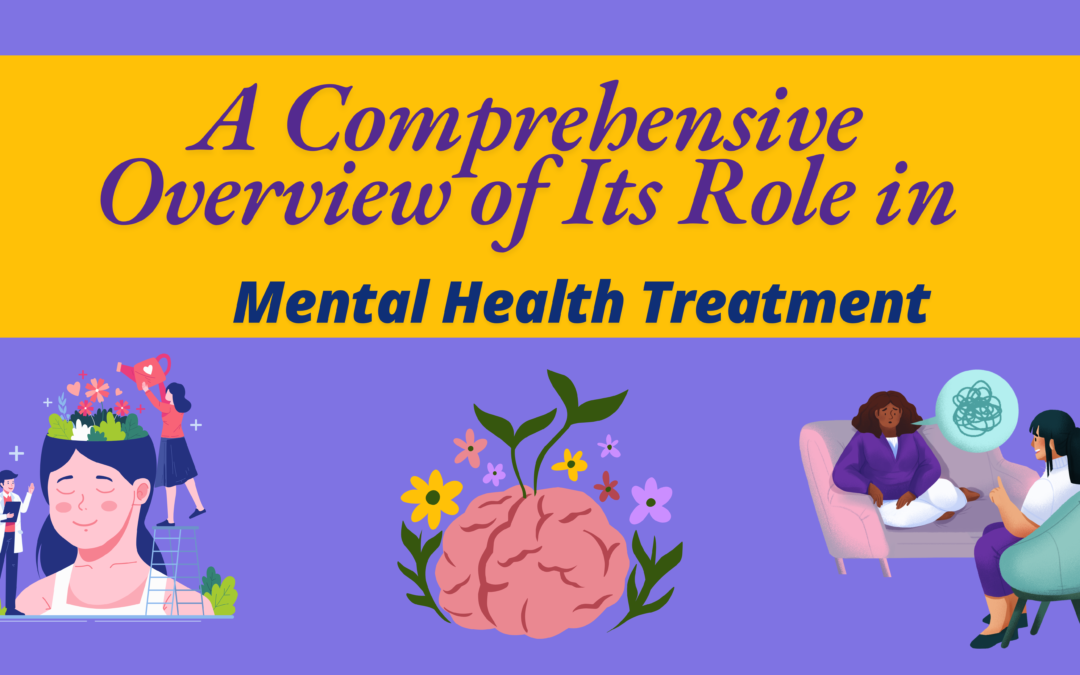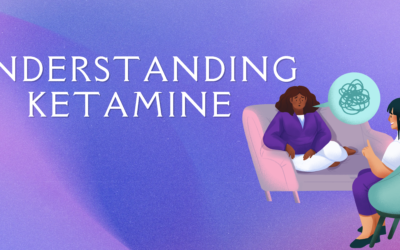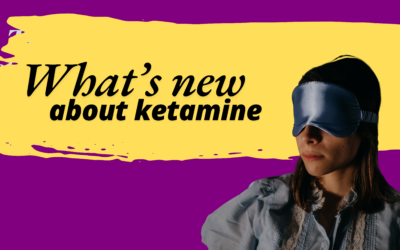Ketamine, originally developed as a fast-acting anesthetic in the 1960s, has recently emerged as a groundbreaking treatment for various mental health conditions. Unlike traditional antidepressants that can take weeks to show effects, ketamine exhibits rapid results, leading to significant interest in its therapeutic potential. This overview delves into the uses, mechanisms, administration methods, benefits, risks, and regulatory aspects of ketamine in treating mental health disorders.
The Burden of Mental Health Disorders
Mental health disorders, including depression, anxiety, bipolar disorder, and PTSD, affect millions of people worldwide. Traditional treatments often involve psychotherapy and pharmacotherapy using selective serotonin reuptake inhibitors (SSRIs) or other classes of antidepressants. However, many patients experience treatment-resistant depression (TRD), where conventional therapies fail to provide relief. This has fueled the search for alternative treatments, bringing ketamine into the spotlight.
Understanding Ketamine
Pharmacological Properties
Ketamine is classified as an NMDA receptor antagonist, which means it blocks certain receptors in the brain that utilize glutamate, the most abundant excitatory neurotransmitter. By doing so, ketamine can lead to increased synaptic connections and improved neuroplasticity, helping the brain adapt and reorganize itself in response to new information.
Rapid Onset of Action
One of the most compelling features of ketamine is its ability to produce rapid relief from depressive symptoms. Many patients report significant mood improvements within hours of receiving a dose, contrasting sharply with the weeks required for traditional antidepressants to take effect.
Therapeutic Uses of Ketamine in Mental Health
1. Treatment-Resistant Depression (TRD)
The most well-documented application of ketamine is in the treatment of TRD. Clinical trials have demonstrated that, in controlled environments, intravenous (IV) ketamine infusions can lead to a reduction in depressive symptoms and suicidal ideation. For patients who have not responded to multiple antidepressant treatments, ketamine offers a lifeline, with studies indicating that about 70% of these patients may experience improvement.
2. Major Depressive Disorder (MDD)
Beyond TRD, ketamine is being evaluated for its effectiveness in treating MDD more broadly. Evidence suggests that even individuals with moderate forms of depression may benefit from ketamine administration. The treatment’s swift action makes it particularly valuable in acute care settings, such as hospitals, where rapid intervention is critical.
3. Acute Suicidal Ideation
Ketamine’s rapid antidepressant effects have prompted research into its use for patients experiencing acute suicidal thoughts. Studies indicate that ketamine can significantly reduce suicidal ideation within hours, providing crucial immediate relief and potentially saving lives.
4. Anxiety Disorders
Emerging research has shown promise for ketamine in treating various anxiety disorders, including generalized anxiety disorder (GAD) and social anxiety disorder (SAD). Patients may experience reduced anxiety levels post-infusion, contributing to an improved quality of life.
5. Post-Traumatic Stress Disorder (PTSD)
Ketamine has also been investigated for its efficacy in treating PTSD. Some small studies have reported significant reductions in PTSD symptoms following ketamine infusions. The potential to quickly alleviate distressing symptoms makes ketamine a compelling option for individuals suffering from trauma-related disorders.
6. Bipolar Disorder
For individuals with bipolar disorder, ketamine may offer a unique advantage during depressive episodes without triggering manic phases. Research suggests its potential effectiveness in reducing depression in bipolar patients, giving hope to those whose conditions are difficult to manage.
7. Obsessive-Compulsive Disorder (OCD)
Some studies have explored ketamine’s impact on OCD symptoms, with initial findings indicating potential benefits. While more extensive research is needed, there is a growing interest in ketamine as part of comprehensive treatment plans for OCD.
Administration Methods
ntravenous (IV) Infusion
The primary method for administering ketamine involves IV infusions, typically taking place in a clinical setting under medical supervision. During these sessions, the patient receives a carefully controlled dose of ketamine over a designated period, often lasting 40 minutes to an hour.
Intranasal Administration
The FDA has approved a nasal spray formulation of ketamine, known as esketamine (Spravato), specifically for treatment-resistant depression. This administration method allows for outpatient use and provides a more convenient option for patients who may not need the intensive monitoring required during IV infusions.
Oral and Sublingual Forms
Off-label use of oral or sublingual ketamine is an area of ongoing research. While this method is less common, some practitioners are exploring its efficacy and safety, particularly for patients seeking more accessible options.
Conclusion
Ketamine represents an exciting advancement in mental health treatment, especially for those who haven’t found relief with conventional therapies. However, it is essential to approach this treatment under the guidance of qualified healthcare professionals to ensure safety and efficacy.




